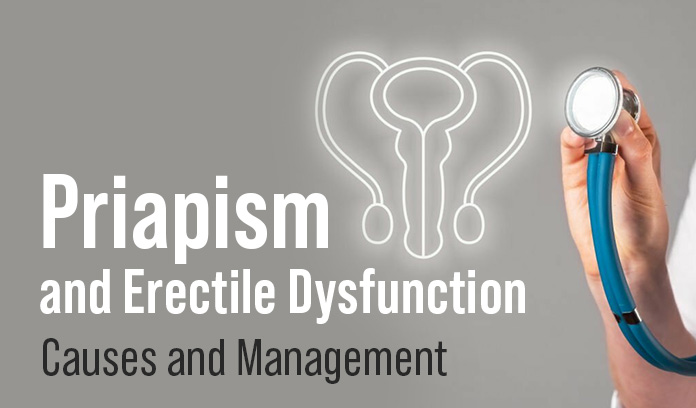The Connection Between Priapism and Erectile Dysfunction
Priapism and erectile dysfunction are two different yet interconnected conditions that can impact male sexual health. Understanding the causes and effective management strategies for these conditions is crucial for overall well-being and a fulfilling sexual life.
Unraveling Priapism: Causes and Implications
Priapism involves prolonged and often painful erections that are unrelated to sexual arousal. The condition can stem from various factors, such as:
- Medication Side Effects: Certain medications, mostly those targeting erectile dysfunction or psychotropic drugs, may trigger the cause of priapism.
- Blood Disorders: Conditions like sickle cell anemia can contribute to priapism due to irregular blood flow to the penis.
- Spinal Cord Injury: Injury to the spinal cord can disrupt the normal nerve signals responsible for regulating blood flow in the genital area.
Understanding Erectile Dysfunction: Factors and Influences
Erectile dysfunction, on the other hand, is the inability to achieve or maintain an erection sufficient enough for satisfactory sexual performance. The following underlying factors may be involved in this condition:
- Physical Health Factors: Underlying health factors such as diabetes, heart disease, obesity, and high blood pressure are common contributors to erectile dysfunction.
- Psychological Factors: Psychological aspects such as stress, anxiety, depression, and relationship issues can significantly impact a man’s ability to achieve an erection.
- Lifestyle Choices: Smoking, excessive alcohol consumption, and lack of physical activity can worsen the symptoms of erectile dysfunction.
Managing Priapism and Erectile Dysfunction Effectively
While these conditions can be distressing, there are various management approaches available:
- Medical Intervention: Priapism that lasts for over four hours needs prompt medical attention. Treatment options may involve aspiration, medication, or, in severe cases, surgery.
- Lifestyle Modifications: Adopting a healthy lifestyle, including regular exercise, a balanced diet, and stress management, can positively aid in reducing the symptoms of erectile dysfunction.
- Therapy and Support: Psychological counseling, couples therapy, and support groups can help address the emotional aspects associated with these conditions.
Conclusion
Understanding the causes and management of priapism and erectile dysfunction is important in promoting holistic well-being. Seeking timely medical advice and embracing healthier lifestyle changes can significantly improve outcomes and enhance overall sexual health and satisfaction.
Remember, seeking professional guidance is crucial for personalized solutions to individual circumstances related to priapism and erectile dysfunction. Prioritizing one’s health and well-being is key to achieving a fulfilling and satisfying quality of life.

